Code
HCS16011
Weight
100 gm / 0.22 lbs
Size
Height
50cm (20") Width
37cm (15") Material
Cotton Canvas
Availability
Available
Date Added
2019-05-12 13:39:38
Note : We used to sell this product 6 years ago so it may no longer be in our stock.
It is possible that we still have it with our suppliers but the price could be different from before.
Feel free to order. We will verify availability and inform you promptly.
It is possible that we still have it with our suppliers but the price could be different from before.
Feel free to order. We will verify availability and inform you promptly.

Safe Payment
We accept Paypal, Money Transfer, Bank Transfer
Confidence
Protection covers your purchase and personal data.
Worldwide Delivery
We ship Worldwide, except Russia.Shipping cost US$25.2 for upto 0.5 kgs

Hotline
Talk to help line for your question on 9841267335Newari Paubha
This Newari Paubha (thangka Painting) Of Chhinnamasta Yogini is a newari thangka or Paubaha, Paubha, also known as "paubhas," is a traditional religious painting created by the Newar people of Nepal. These exquisite artworks depict various subjects, including deities, mandalas, and monuments, and serve as aids for meditation and spiritual practices. Paubhas are similar to Tibetan Thangka paintings and are highly regarded for their religious and cultural significance.
While most paubhas portray Buddhist subjects, there are also a few that incorporate Hindu themes. The creation of these paintings is seen as a means of earning religious merit for both the artist and the patron. Newar Buddhists often commission skilled artists, primarily from the Chitrakar caste (known as Pun in Nepal Bhasa), to paint paubhas that are displayed during festivals and special occasions. Read More . . .
This Newari Paubha (thangka Painting) Of Chhinnamasta Yogini is a newari thangka or Paubaha, Paubha, also known as "paubhas," is a traditional religious painting created by the Newar people of Nepal. These exquisite artworks depict various subjects, including deities, mandalas, and monuments, and serve as aids for meditation and spiritual practices. Paubhas are similar to Tibetan Thangka paintings and are highly regarded for their religious and cultural significance.
While most paubhas portray Buddhist subjects, there are also a few that incorporate Hindu themes. The creation of these paintings is seen as a means of earning religious merit for both the artist and the patron. Newar Buddhists often commission skilled artists, primarily from the Chitrakar caste (known as Pun in Nepal Bhasa), to paint paubhas that are displayed during festivals and special occasions. Read More . . .
Introduction to Thangka
A thangka, also known as tangka, thanka, or tanka, is a vibrant and intricate Tibetan Buddhist painting that serves as a visual representation of spiritual teachings. Crafted with meticulous detail on cotton or silk appliqué, thangkas depict a wide range of subjects including Buddhist deities, sacred scenes, mandalas, and narrative stories. These sacred artworks are traditionally kept unframed and rolled up for storage, resembling ancient scrolls. To protect their delicate nature, thangkas are mounted on textile backings and often adorned with a silk cover on the front. Proper preservation in dry environments is crucial to maintain the integrity and longevity of the silk. Read More . . .
A thangka, also known as tangka, thanka, or tanka, is a vibrant and intricate Tibetan Buddhist painting that serves as a visual representation of spiritual teachings. Crafted with meticulous detail on cotton or silk appliqué, thangkas depict a wide range of subjects including Buddhist deities, sacred scenes, mandalas, and narrative stories. These sacred artworks are traditionally kept unframed and rolled up for storage, resembling ancient scrolls. To protect their delicate nature, thangkas are mounted on textile backings and often adorned with a silk cover on the front. Proper preservation in dry environments is crucial to maintain the integrity and longevity of the silk. Read More . . .
Brief Introduction :
She is one of Mahavidi, 10 goddess from the esoteric tradition of tantricity, and the ferocious aspect of devi, the Hindu Mother goddess. She's also known by its name as Chinnamastika and Prachanda Chandika and Jogani Maa. The self-decayed, naked goddess, often standing or sitting on a divine couple, holds one hand with her own head broken and another with the scimitar. Three blood streams out of her bleeding neck, her head cut off and two assistants are drunken.
Chhinnamasta is an inconsistency goddess. It symbolizes Devi's two aspects: a life-giver and an assistant. She is considered both a symbol of sexual control and, depending on interpretation, an embodiment of sexual energy. It depicts death, time, destruction, and life, immortality and recreation. The divine transmits spiritual realization and the awakening of spiritual energy, kundalini. Chhinnamasta's legends emphasize his self-sacribancy and self-destructive rage, sometimes combined with a maternal element.
Chhinnamasta is worshiped in the Kalikula sect of Shaktism, Hinduism's Goddess-centric tradition. Though Chhinnamasta is revered as one of the Mahavidyas, temples dedicated to her (mostly in Nepal and eastern India) and public worship are uncommon. She is, however, a significant Tantric deity who is well known and worshiped among esoteric Tantric practitioners. Chinnamunda, the severed-headed form of the Tibetan Buddhist goddess Vajrayogini, is related to Chhinnamasta.
Chhinnamasta is worshiped in the Kalikula sect of Shaktism, Hinduism's Goddess-centric tradition. Though Chhinnamasta is revered as one of the Mahavidyas, temples dedicated to her (mostly in Nepal and eastern India) and public worship are uncommon. She is, however, a significant Tantric deity who is well known and worshiped among esoteric Tantric practitioners. Chinnamunda, the severed-headed form of the Tibetan Buddhist goddess Vajrayogini, is related to Chhinnamasta.
Significance of Chinnamasta Devi Sadhana [Hindi with English CC]








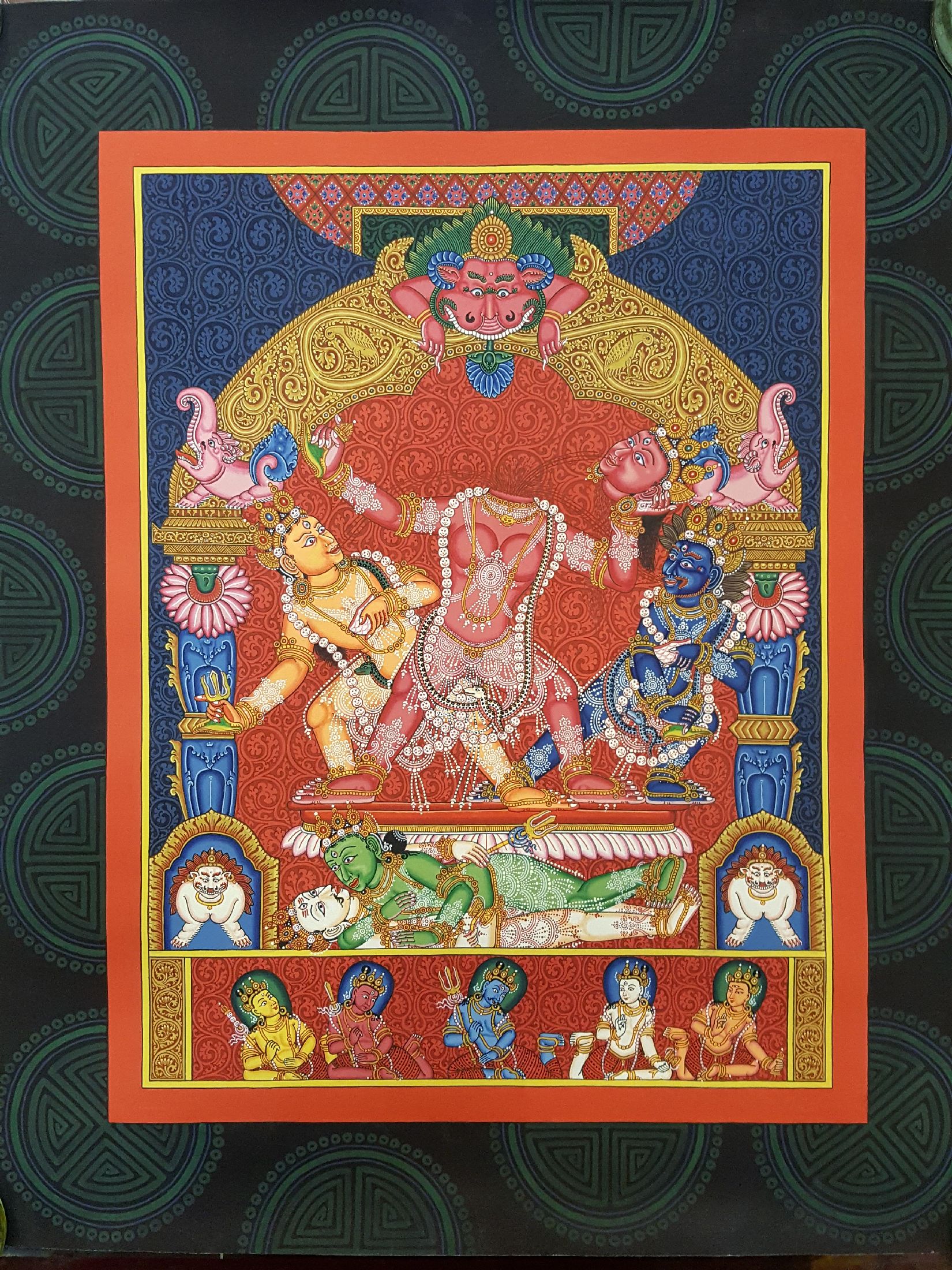









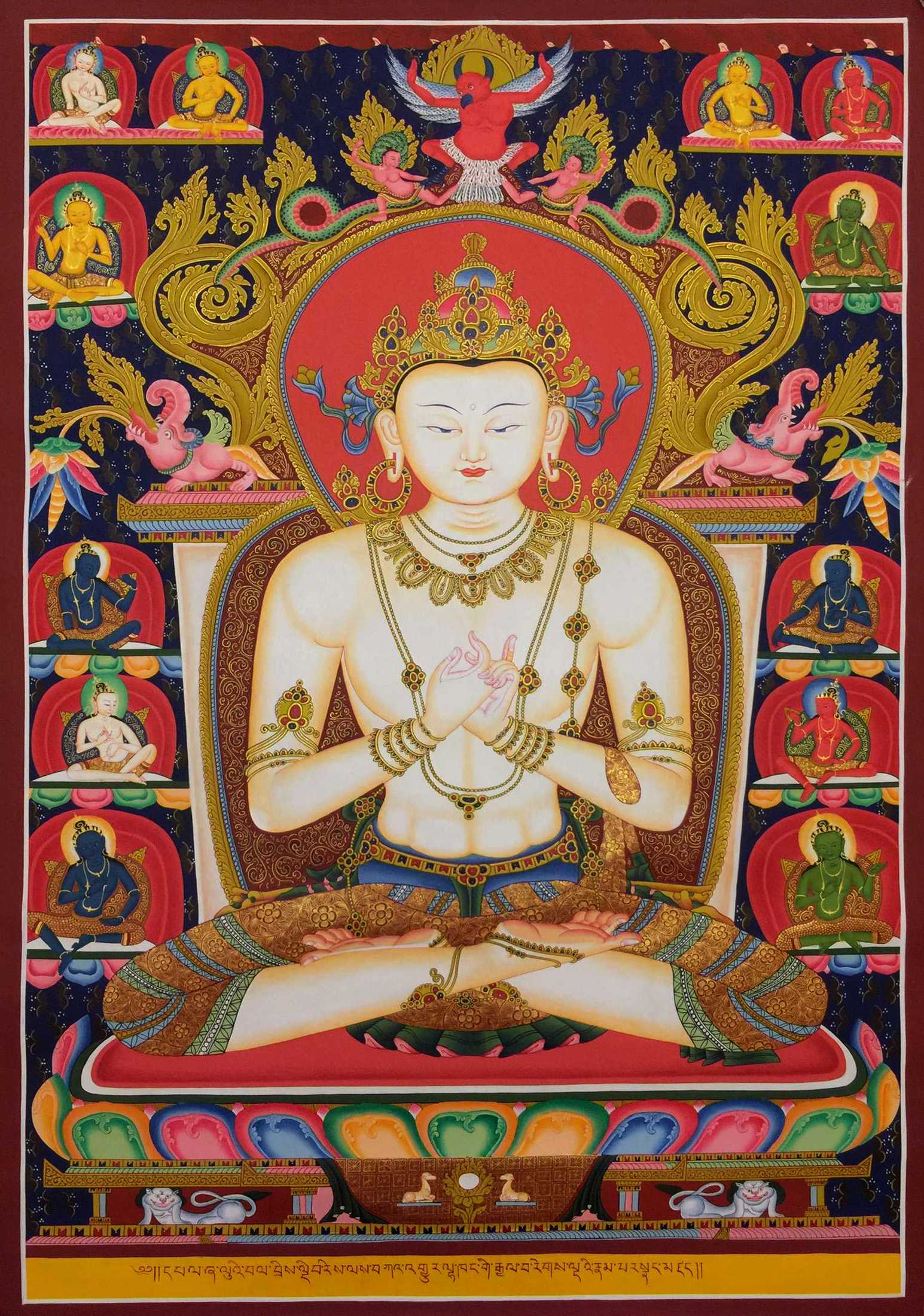 Hq Newari Paubha
Hq Newari Paubha  Hq Newari Paubha
Hq Newari Paubha 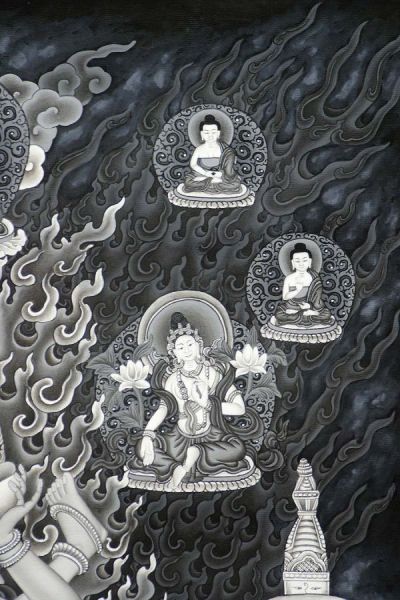 and White Thangka" title="Akash Yogini, Vidyadhari Black
and White Thangka" title="Akash Yogini, Vidyadhari Black 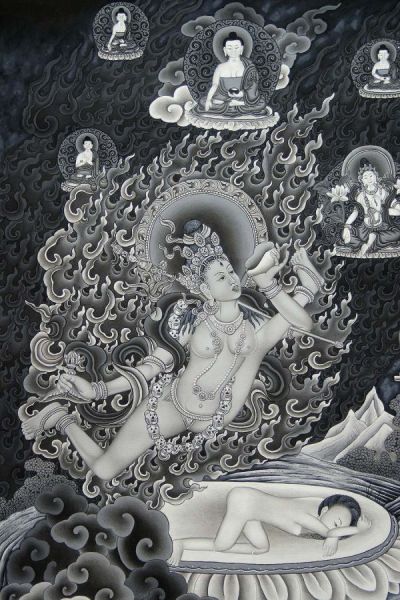 and White Thangka" title="Akash Yogini, Vidyadhari Black
and White Thangka" title="Akash Yogini, Vidyadhari Black 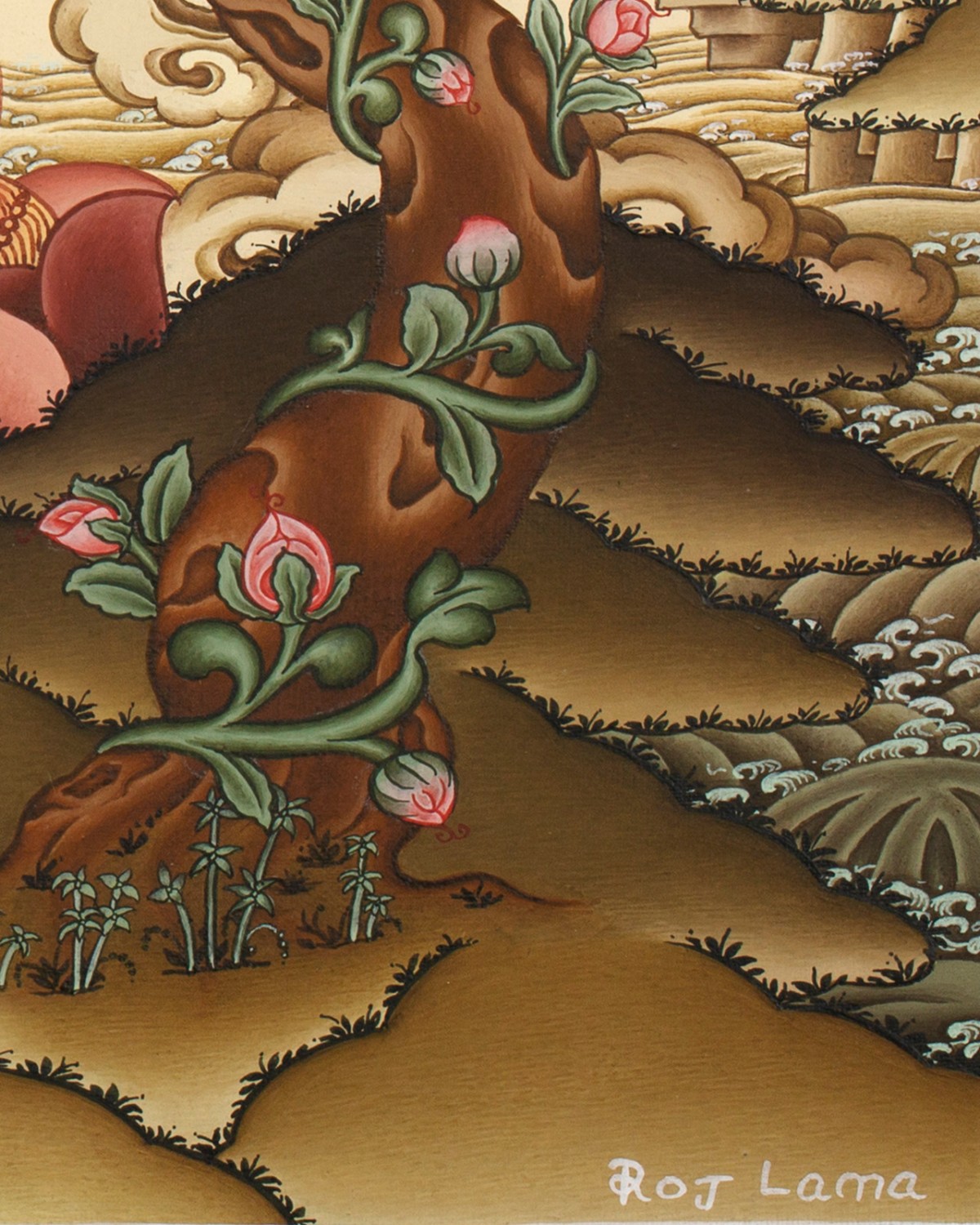 Master Quality, Newari Buddhist Thangka
Master Quality, Newari Buddhist Thangka 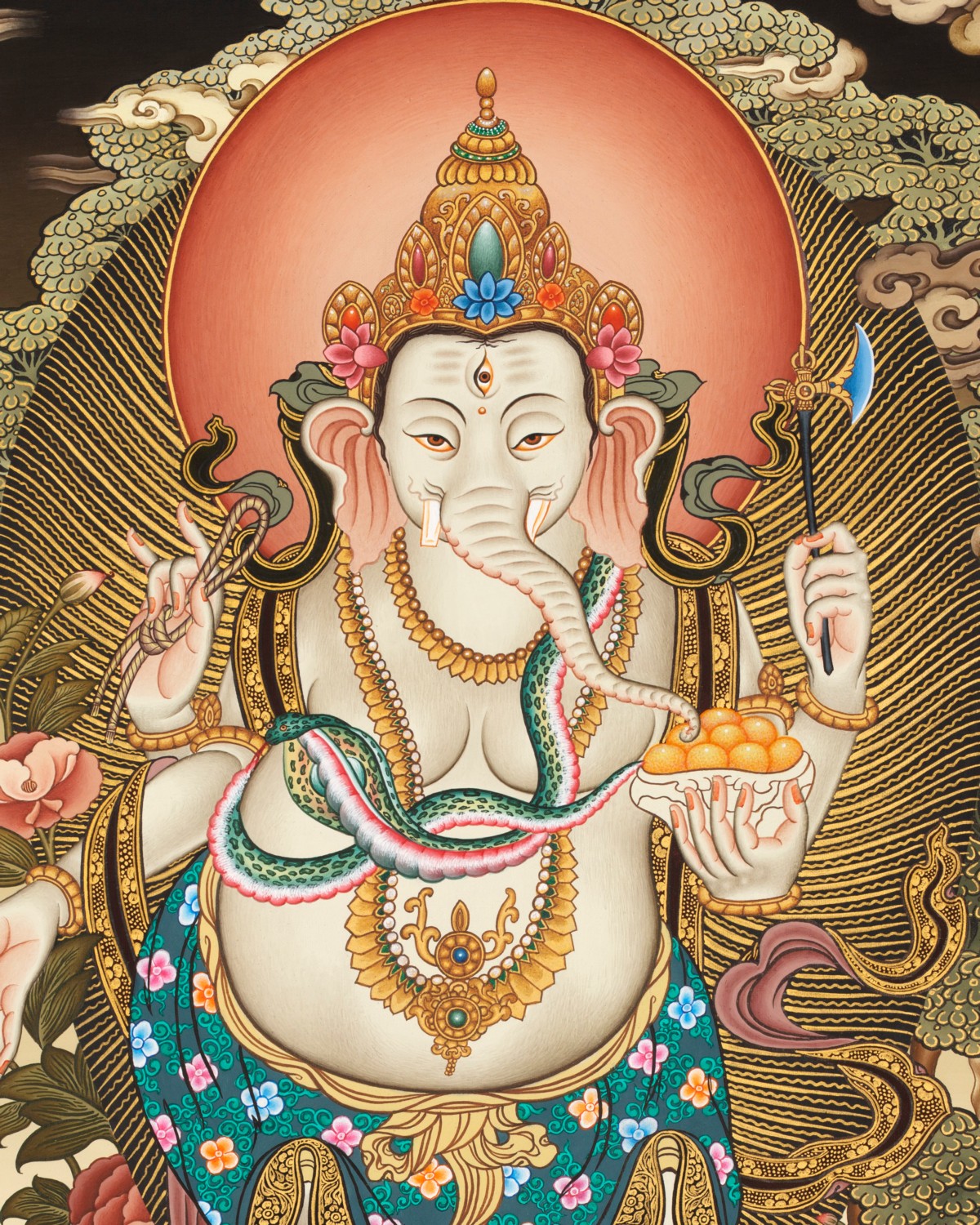 Master Quality, Newari Buddhist Thangka
Master Quality, Newari Buddhist Thangka 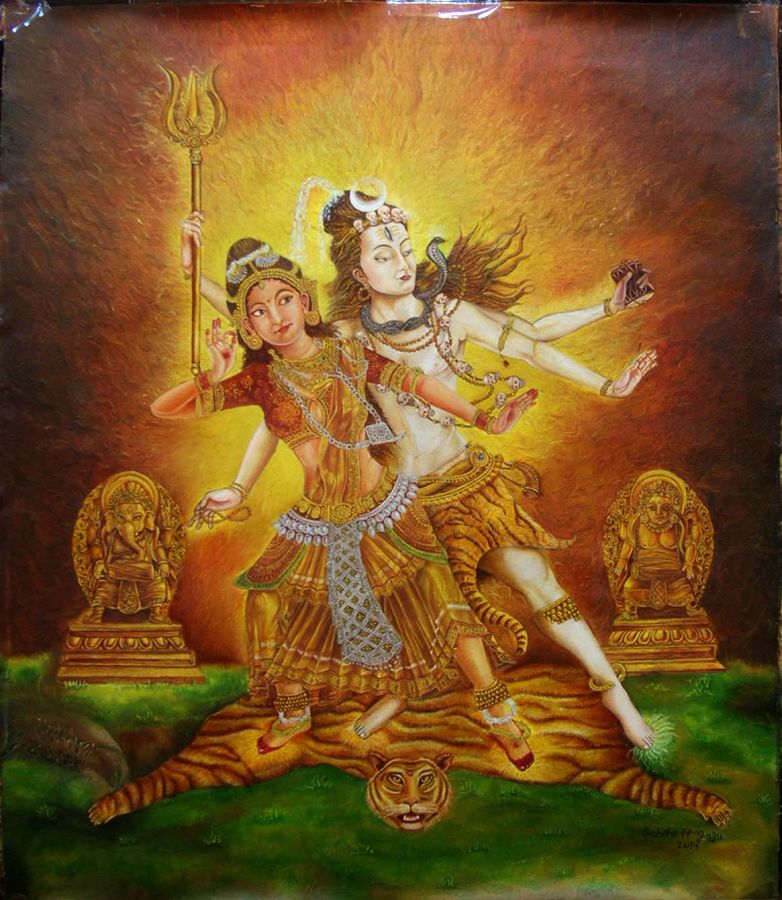 Old Post,
Old Post, 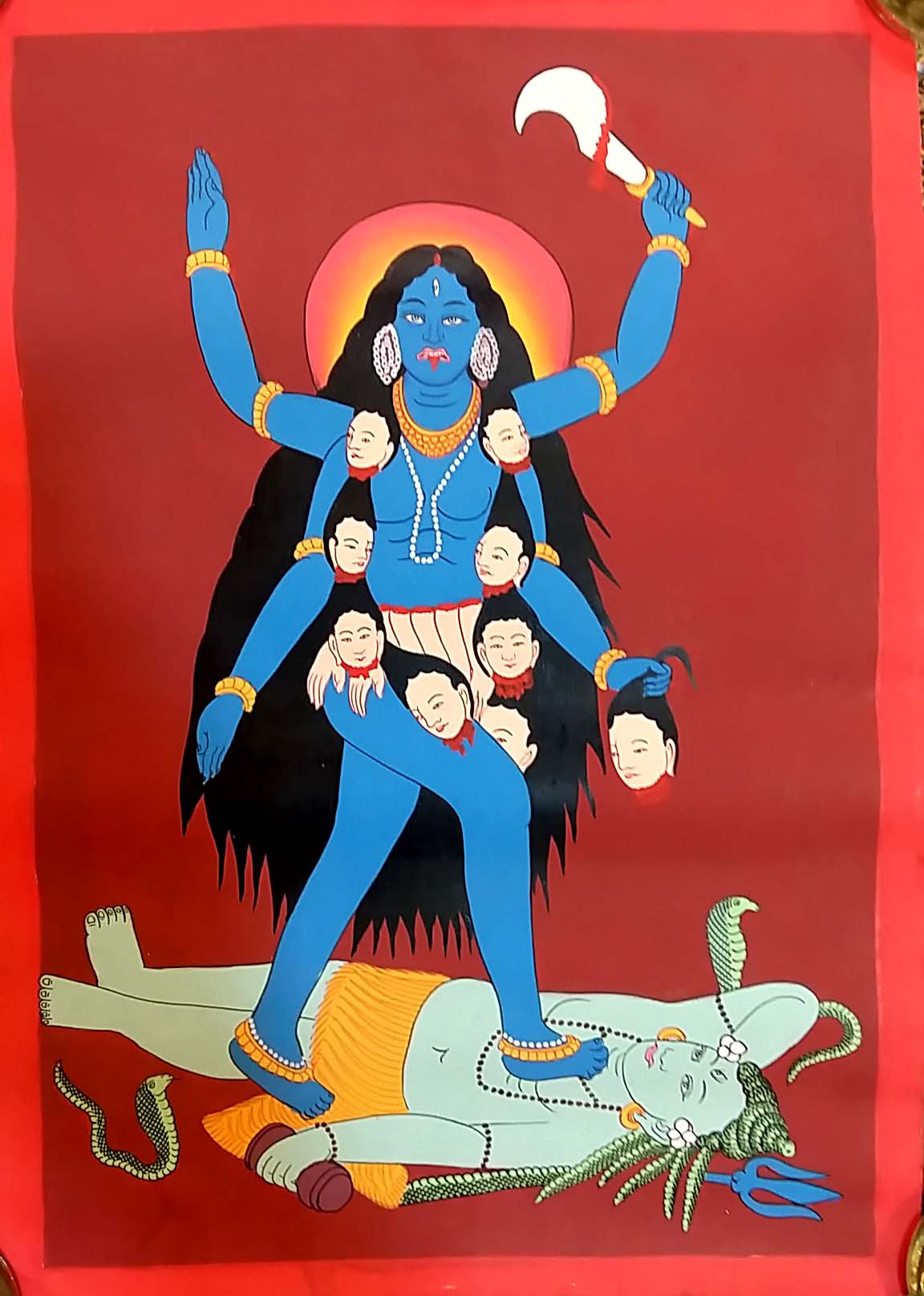
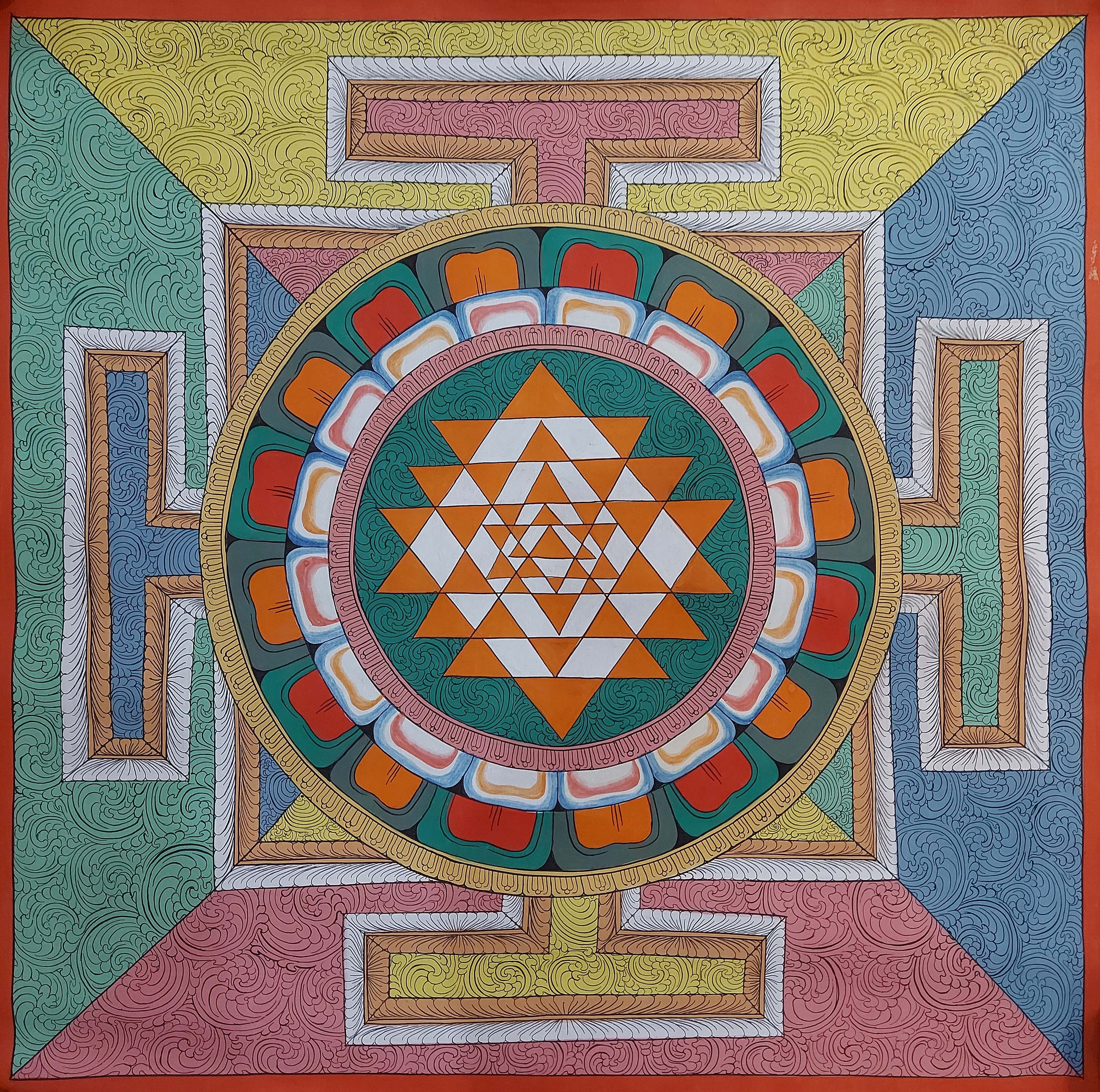 Art From Bhaktapur, Buddhist Handmade Thangka
Art From Bhaktapur, Buddhist Handmade Thangka  Art From Bhaktapur, Buddhist Handmade Thangka
Art From Bhaktapur, Buddhist Handmade Thangka 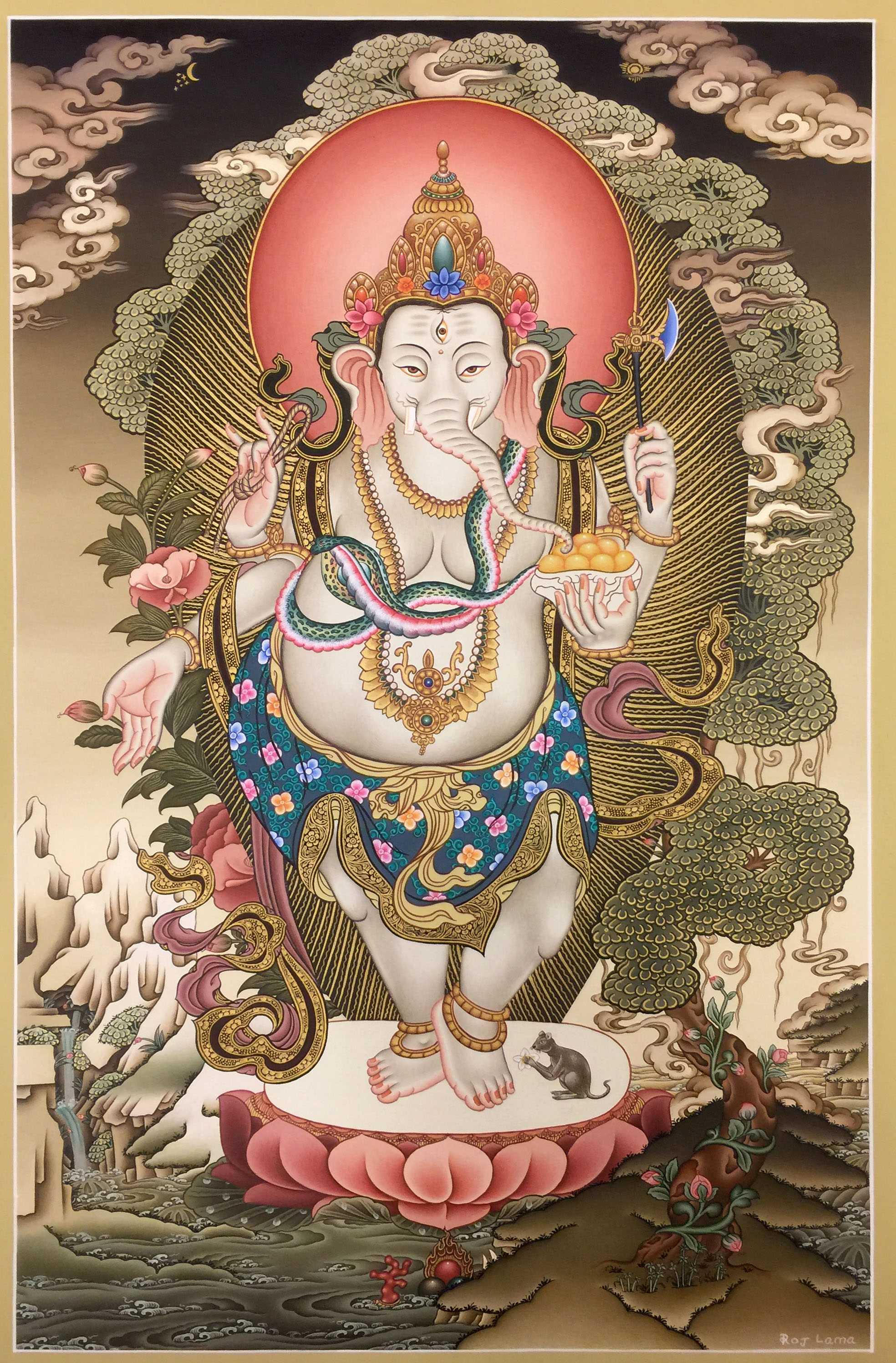 Master Quality Newari Paubha
Master Quality Newari Paubha 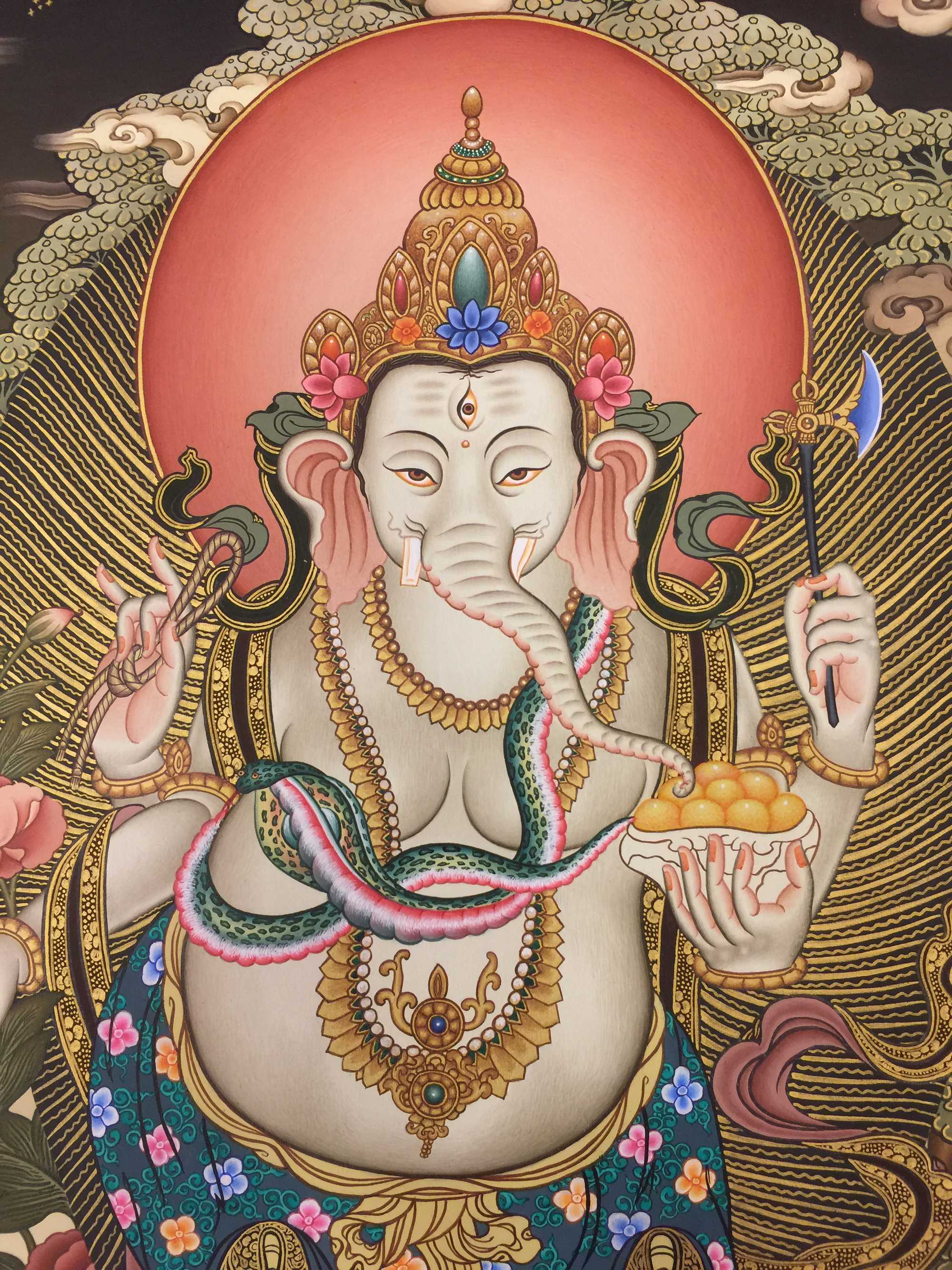 Master Quality Newari Paubha
Master Quality Newari Paubha 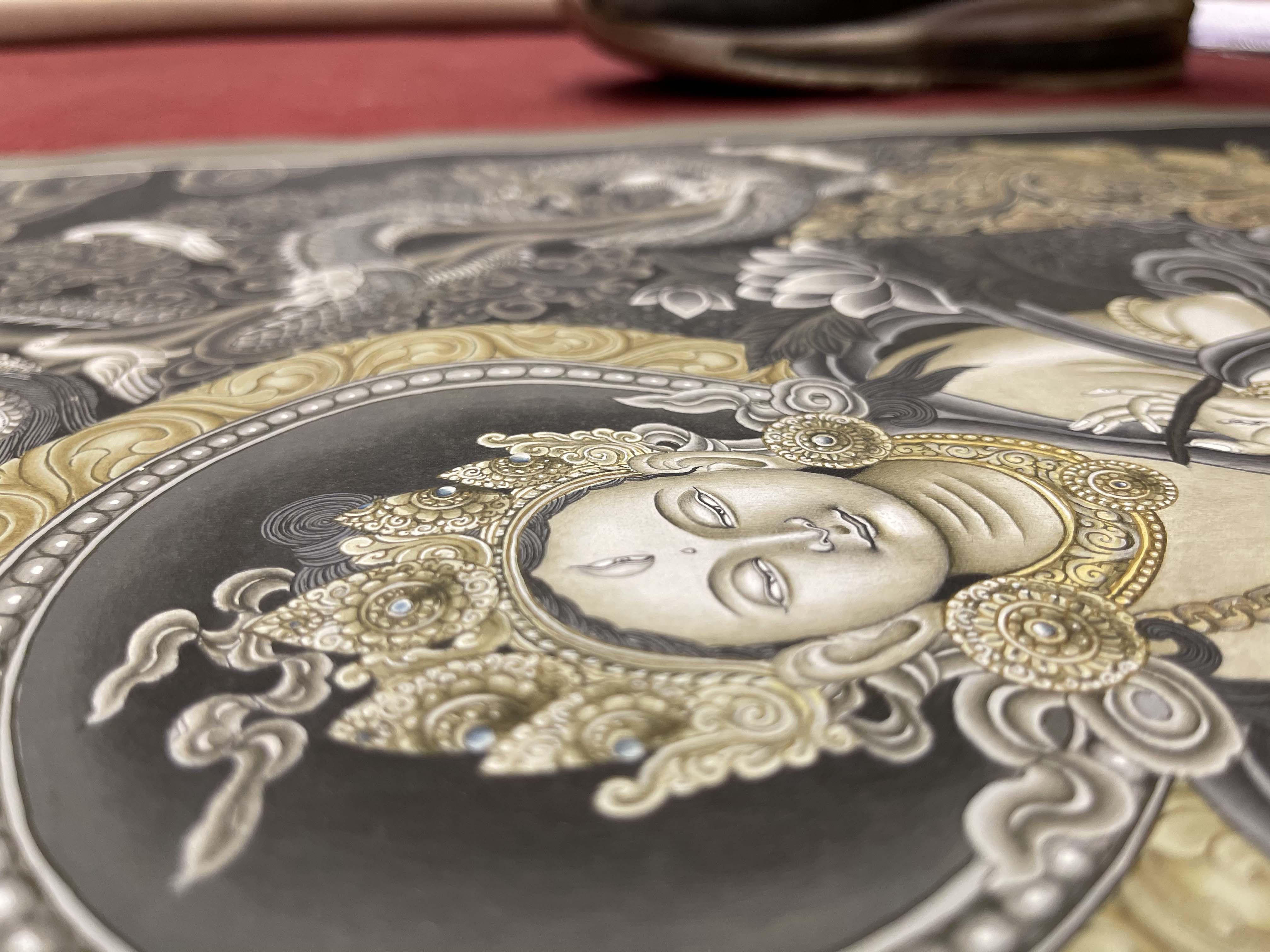 of White Tara, Lamas Art,
of White Tara, Lamas Art, 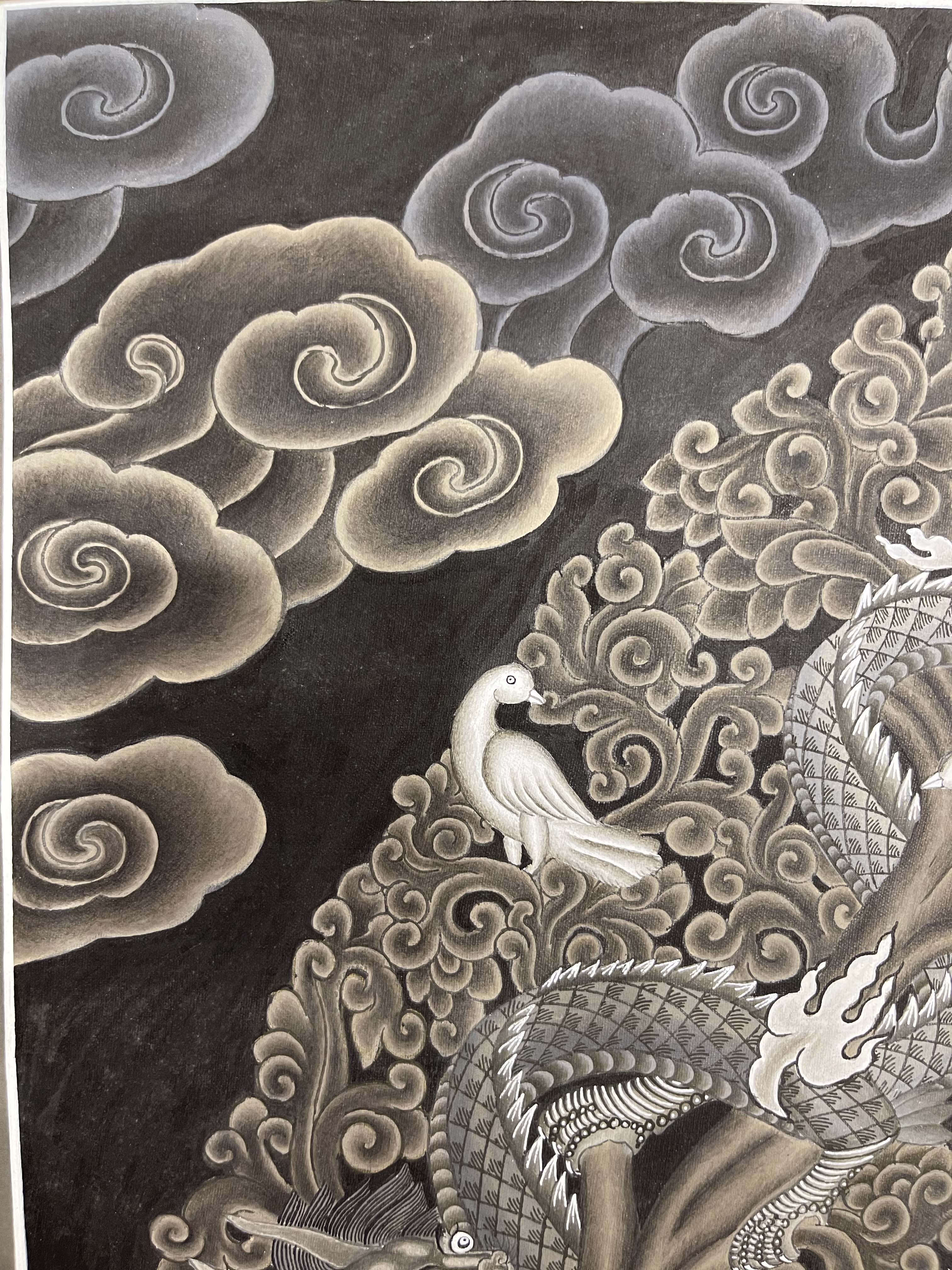 of White Tara, Lamas Art,
of White Tara, Lamas Art,  Newari Buddhist Thangka
Newari Buddhist Thangka  Newari Buddhist Thangka
Newari Buddhist Thangka 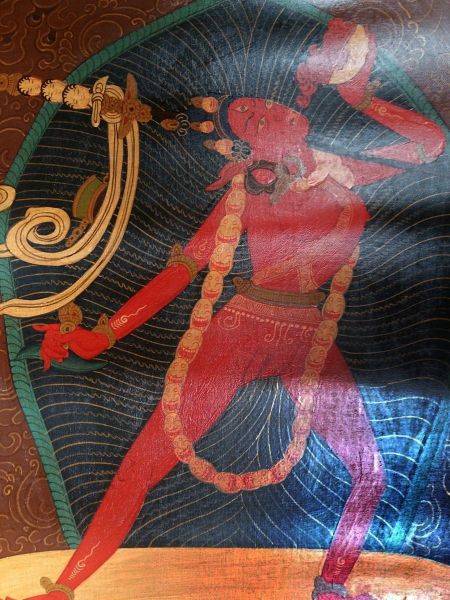 Sold" title="Vajrayogini Thangka, Oil Finishing,
Sold" title="Vajrayogini Thangka, Oil Finishing, 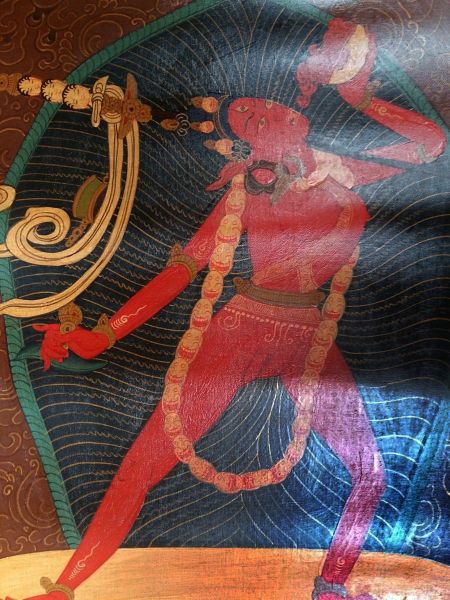 Sold" title="Vajrayogini Thangka, Oil Finishing,
Sold" title="Vajrayogini Thangka, Oil Finishing,